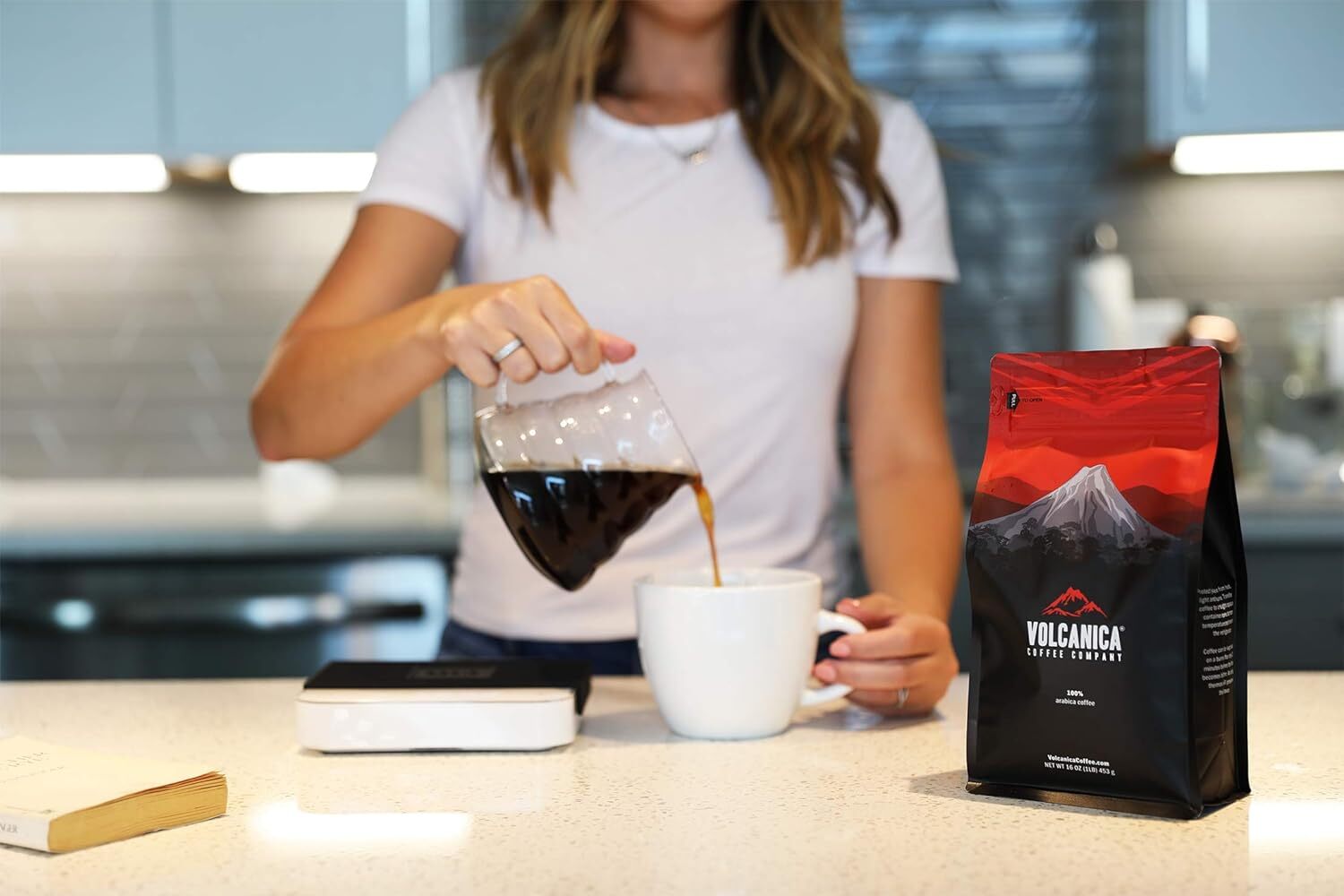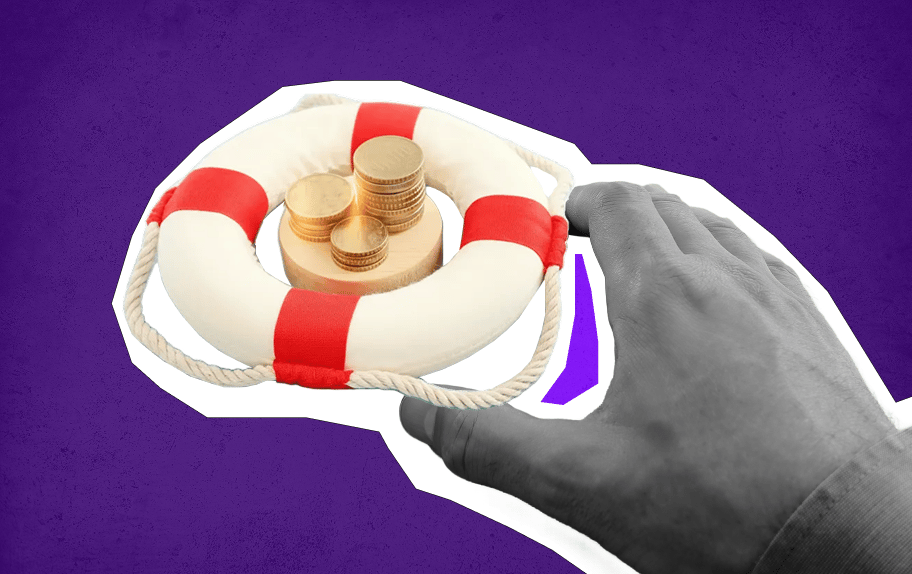
Hope you had a great weekend! — Dan
Does This Expensive Coffee Taste Like Poop?

The image above comes from this Amazon page selling the bag of coffee pictured. And if you click the link, you’ll find something weird about that page. Typically, when you’re trying to sell something, you talk about how great of a deal it is, but not in this case; the coffee — called kopi luwak, or civet coffee — is literally being advertised as the “world’s most expensive coffee.” And it probably is. It’s listed at $399.99 — as if that missing penny matters — for a one-pound bag. At about 30-45 cups per bag, that comes out to roughly $10 per drink. It’s a pricey way to get your morning shot of caffeine.
So what makes civet coffee special? Its taste, of course — it “has been described as nutty, chocolatey, earthy and even fishy,” according to Nature. The flavor is unique, which alone makes it an interesting purchase. And the beans are also very rare — which, as the law of supply and demand suggests, causes this coffee to be expensive.
If you want to give it a try, go for it. But if you need a reason to skip it, there’s a good one: this coffee comes from cat poop.
To get a cup of coffee, you can’t just take some beans and throw them in a mug. There’s a process to go from tree to cup. As NPR explains, “coffee beans are actually seeds found in the pit of cherry-sized fruits on the coffee plant. To arrive into our cups at Starbucks, the seeds are separated from the fruit's flesh, fermented, roasted and ground in various and increasingly complex incarnations. We crafty humans have devised several ways to synthesize that process of fermentation.”
But human intervention isn’t required to achieve fermentation. In the case of civet coffee, nature finds a neat, albeit gross, way. The coffee is named for the Asian palm civet, a cat-like species indigenous to South and Southeast Asia. The civets in Indonesia like to eat the coffee cherries off coffee trees — they find the fruity, pulpy outside of the beans tasty. But they can’t digest the beans inside. So when the civets poop, there are coffee beans embedded in their stool.
By that point, the beans have gone through a transformation. Per the BBC, “as the bean passes through the animals’ digestive tracts, enzymes and gastric juices cut through the cherries’ outer layers and break down internal proteins. This further refines the flavor and aroma of the coffee beans.” The civet-specific gastrointestinal process gives the beans a distinctive taste when turned into a cup of coffee.
Of course, you still have to get the beans, and that’s, well, not a great experience. Workers literally pick up and pick through civet droppings, releasing the beans from their odorous prisons. The beans — which usually still have a little bit of fruit pulp protecting them from the pathogens of the fecal matter — are cleaned thoroughly (obviously!!) and then prepared for packaging so the rest of the world can drink their byproduct.
The end (pardon the pun) result is, apparently, a really great cup of coffee — with a really big price tag. And if you don’t like it? You get to say it tastes like poop — and literally be correct.
Visit Today’s Sponsor!
More than $10k in debt? We can help.
Debt happens. Getting out starts here.
Millions of Americans are tackling debt right now.
Whether it’s credit cards, loans, or medical bills, the right plan can help you take control again. Money.com's team researched trusted debt relief programs that actually work.
Answer a few quick questions to find your best path forward and see how much you could save. answer a few short questions, and get your free rate today.
(and, uh, pick cheaper coffee than the cat poop kind.)
More About Coffee
Today’s Bonus fact: If you can’t make it through the workday without a cup of coffee, you’re not alone — lots of people drink lots of coffee from dawn to dusk. But few match the drinking habit of Dave Givens. In 2006, Givens was living on a horse ranch in Mariposa, California, and commuting to work in San Jose. Despite never leaving the state, that was quite a commute — an estimated 372 miles (600 km) round trip. (Here’s a map.) Per the Register, Midas — the tire company — honored him with “America’s Longest Commute Award” that year, resulting in a few profiles of him and his very long (three-plus hours each way) drive. To make it through the day, the Register reported, Givens "pounds more than 30 cups of coffee.” At civet coffee prices, that’d be a $75,000 a year habit. (Hopefully, he goes with cheaper options.)
From the Archives: The Coffee Brand That is a Total Lie: There are no nuts.
Support Now I Know!
Now I Know is supported by readers like you. Yes, you! Many of my readers donate a few dollars a month to help Now I Know grow and thrive. And in exchange, they get an ad-free version!
Interested in supporting Now I Know? Click here!
And thanks! — Dan


